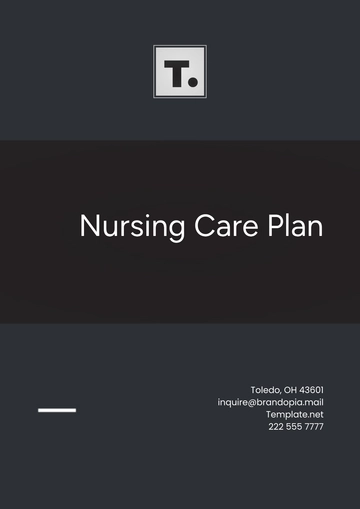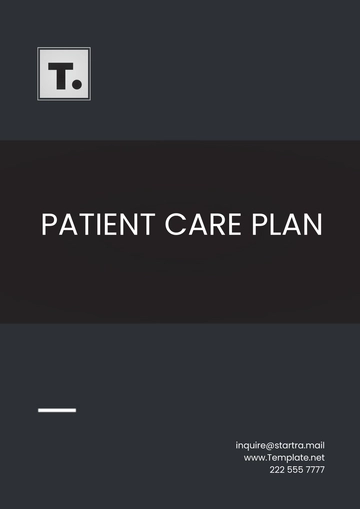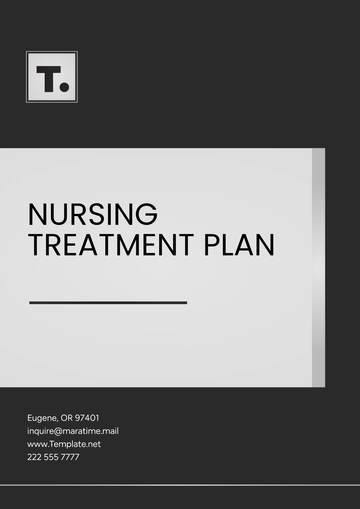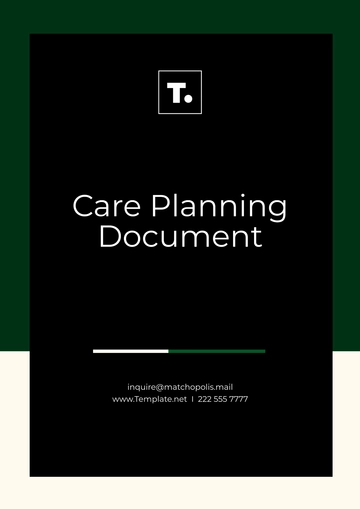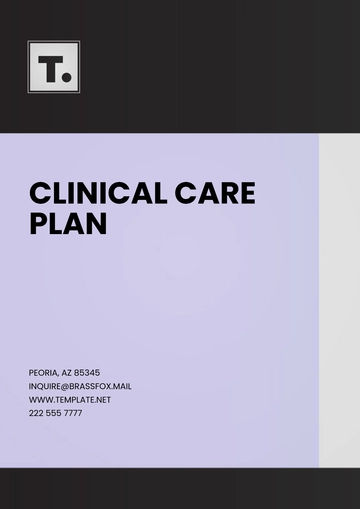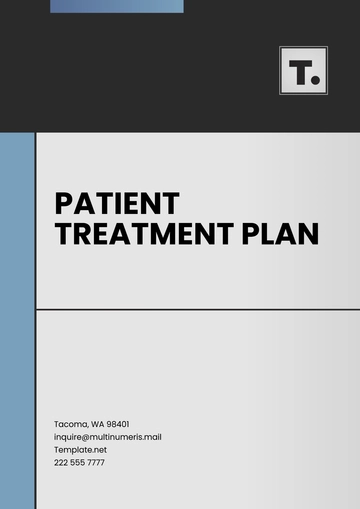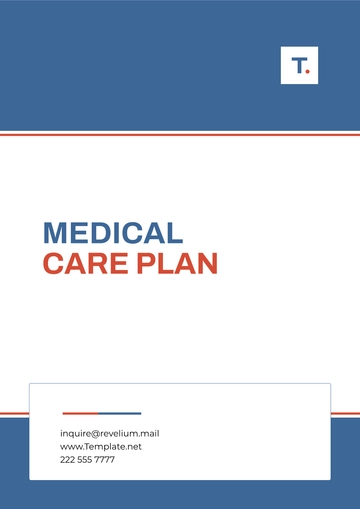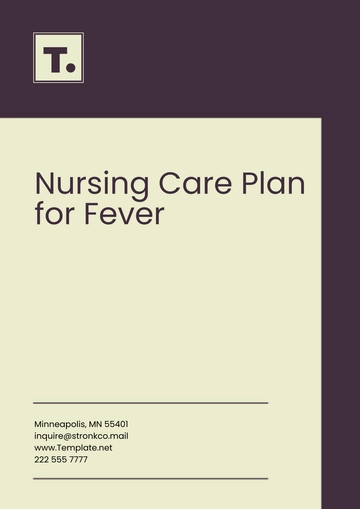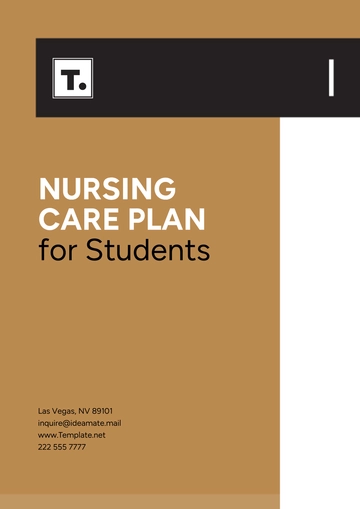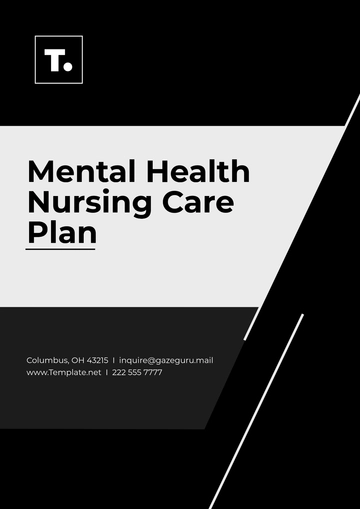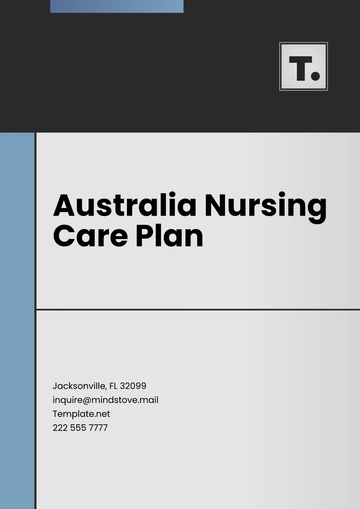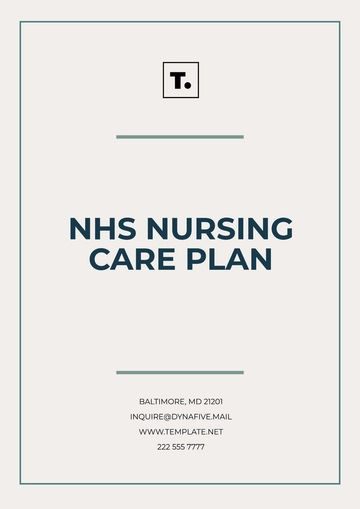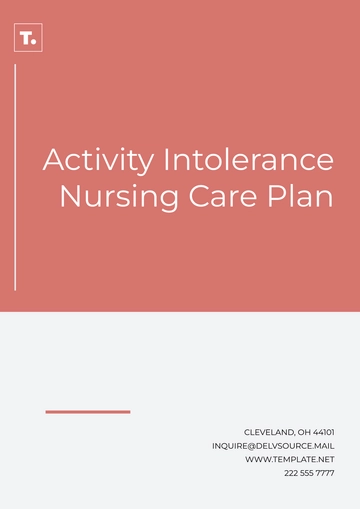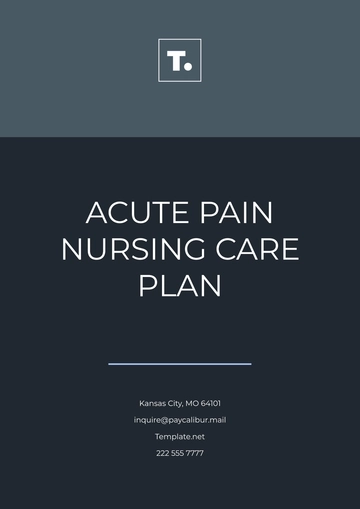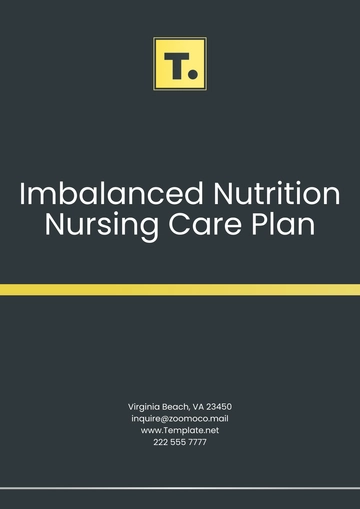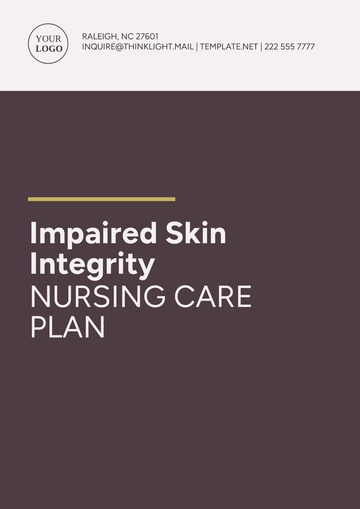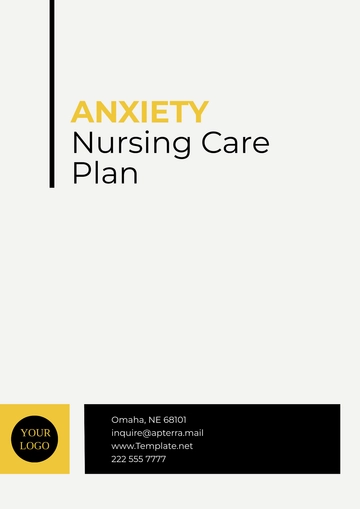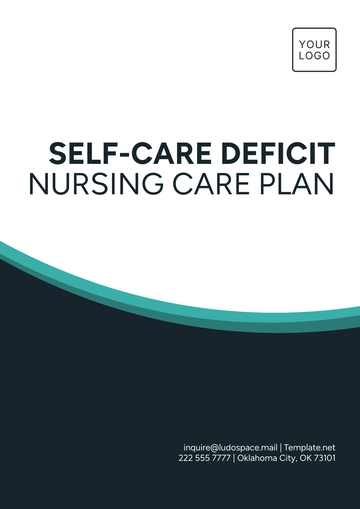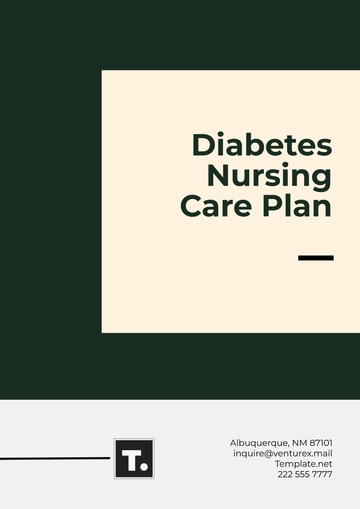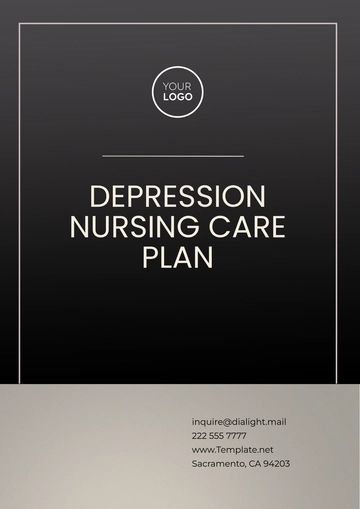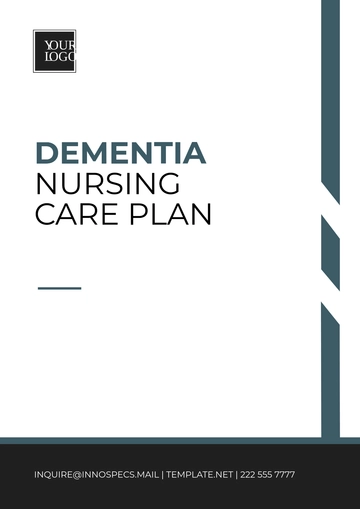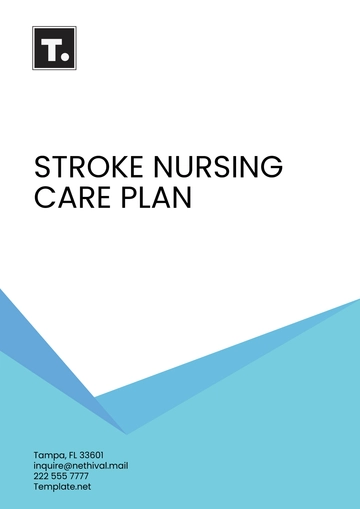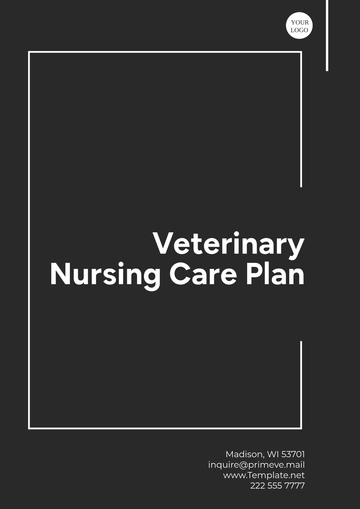Free Nursing Diagnosis Care Plan
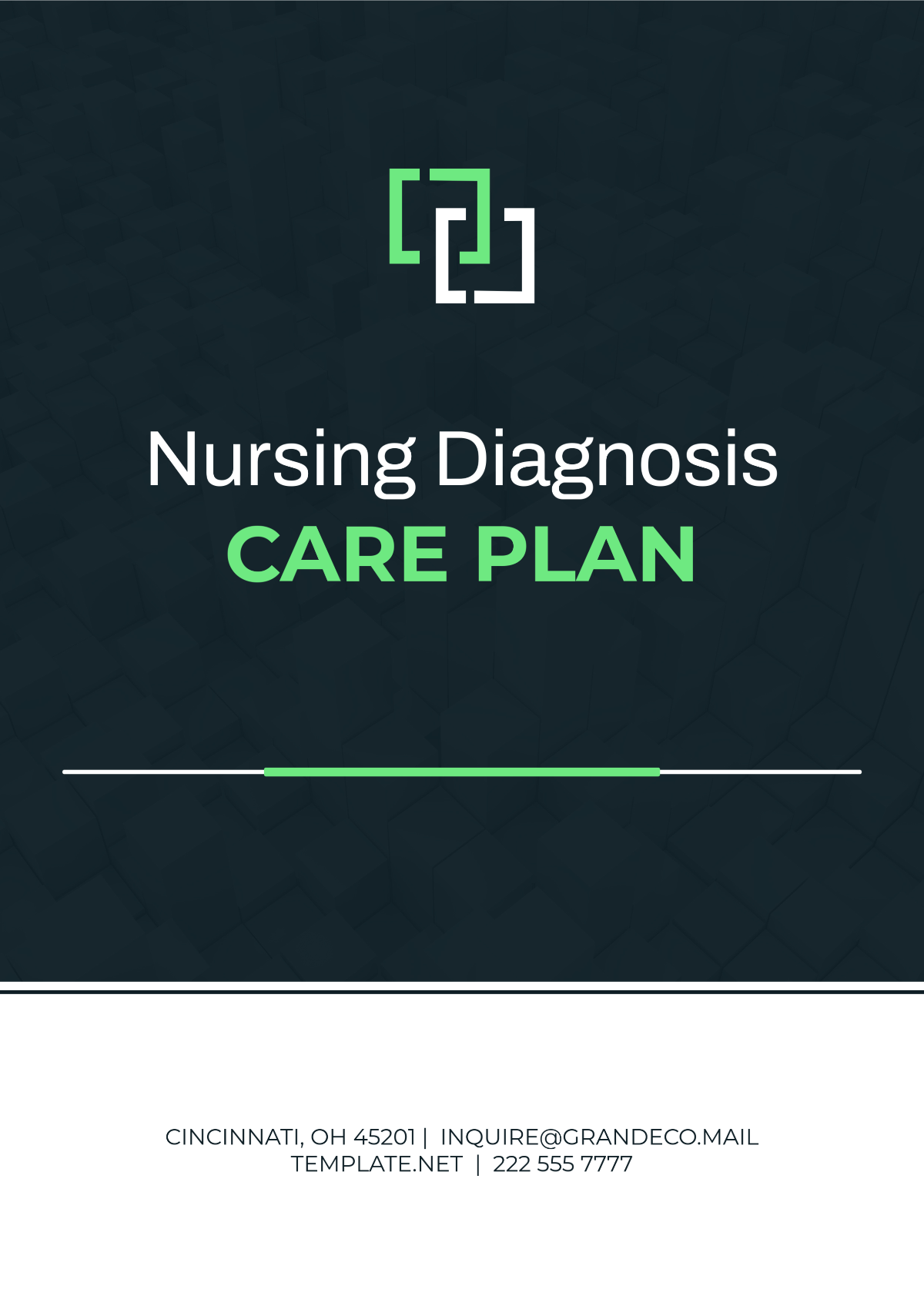
Prepared by: [YOUR NAME]
Email: [YOUR EMAIL]
Patient Information:
Patient Name: Naomi Ortiz
Age: 58
Gender: Female
Diagnosis: Type 2 Diabetes Mellitus, Hypertension, Chronic Kidney Disease
Date of Admission: November 10, 2050
Date of Birth: April 15, 1962
Assessment:
The patient, Naomi Ortiz, presents with long-standing Type 2 Diabetes, hypertension, and early-stage chronic kidney disease. The following are the key findings:
Blood Pressure: 150/90 mmHg (elevated)
Blood Glucose Levels: 160 mg/dL (above normal range)
Urine Output: Decreased (noted during the previous 24-hour assessment)
Physical Activity: Minimal due to fatigue
Diet: High sodium and carbohydrate intake
Patient Concerns: Expresses concern about weight gain and inability to manage his blood sugar levels.
Nursing Diagnosis:
Ineffective Health Management related to lack of knowledge regarding diabetes and hypertension management as evidenced by elevated blood glucose and blood pressure levels.
Risk for Unstable Blood Glucose Levels related to poor dietary habits and inadequate physical activity.
Impaired Kidney Function related to chronic kidney disease as evidenced by decreased urine output and laboratory results.
Planning and Goals:
Nursing Diagnosis | Goal | Interventions | Outcome |
|---|---|---|---|
Ineffective Health Management | Patient will demonstrate understanding of diabetes and hypertension management by November 15, 2050. | 1. Educate the patient on the importance of glucose monitoring, medication adherence, and lifestyle changes. | Patient is able to verbalize three key points about diabetes and hypertension management. |
Risk for Unstable Blood Glucose Levels | Patient will maintain blood glucose levels between 80-120 mg/dL by November 20, 2050. | 1. Develop a meal plan with the patient focusing on low-carb, low-sodium foods. 2. Introduce light physical activities (e.g., walking for 20 minutes daily). | Blood glucose levels are within target range. |
Impaired Kidney Function | Patient will demonstrate understanding of fluid management and monitoring for edema by November 20, 2050. | 1. Educate the patient on signs of fluid retention and proper fluid intake. 2. Monitor urine output and weight daily. | Patient is able to explain signs of fluid retention and tracks daily urine output. |
Implementation:
Education: Provide tailored educational materials on diabetes and hypertension management, including information on diet, physical activity, and medication.
Medication: Continue prescribed medications (e.g., Metformin for diabetes, Lisinopril for hypertension) and ensure patient compliance.
Monitoring: Monitor blood glucose levels, blood pressure, urine output, and weight daily to track progress.
Diet: Coordinate with a dietitian to create a low-sodium, low-carb meal plan tailored to the patient’s preferences and cultural needs.
Physical Activity: Develop an activity plan with the patient’s agreement, starting with light exercises like walking and gradually increasing the duration and intensity.
Evaluation:
Blood Pressure: Continue to monitor blood pressure to ensure the target of <140/90 mmHg is achieved.
Blood Glucose: Check fasting blood glucose levels every morning and ensure levels remain within 80-120 mg/dL range.
Urine Output: Daily monitoring of urine output to ensure adequate kidney function and early detection of fluid retention.
Patient Feedback: Reassess the patient’s understanding of the disease management plan and adjust teaching methods as needed.
Follow-Up:
Date of Next Visit: November 30, 2050
Scheduled Follow-up with Specialist: Nephrologist for chronic kidney disease monitoring, December 5, 2050.
- 100% Customizable, free editor
- Access 1 Million+ Templates, photo’s & graphics
- Download or share as a template
- Click and replace photos, graphics, text, backgrounds
- Resize, crop, AI write & more
- Access advanced editor
The Nursing Diagnosis Care Plan Template from Template.net is a fully customizable and editable solution for healthcare professionals. This comprehensive template allows easy adjustments to meet individual patient needs, making care planning efficient. Use the AI Editor Tool to quickly tailor diagnoses and interventions. Save time and ensure precise, patient-centered care with this user-friendly template.
You may also like
- Finance Plan
- Construction Plan
- Sales Plan
- Development Plan
- Career Plan
- Budget Plan
- HR Plan
- Education Plan
- Transition Plan
- Work Plan
- Training Plan
- Communication Plan
- Operation Plan
- Health And Safety Plan
- Strategy Plan
- Professional Development Plan
- Advertising Plan
- Risk Management Plan
- Restaurant Plan
- School Plan
- Nursing Home Patient Care Plan
- Nursing Care Plan
- Plan Event
- Startup Plan
- Social Media Plan
- Staffing Plan
- Annual Plan
- Content Plan
- Payment Plan
- Implementation Plan
- Hotel Plan
- Workout Plan
- Accounting Plan
- Campaign Plan
- Essay Plan
- 30 60 90 Day Plan
- Research Plan
- Recruitment Plan
- 90 Day Plan
- Quarterly Plan
- Emergency Plan
- 5 Year Plan
- Gym Plan
- Personal Plan
- IT and Software Plan
- Treatment Plan
- Real Estate Plan
- Law Firm Plan
- Healthcare Plan
- Improvement Plan
- Media Plan
- 5 Year Business Plan
- Learning Plan
- Marketing Campaign Plan
- Travel Agency Plan
- Cleaning Services Plan
- Interior Design Plan
- Performance Plan
- PR Plan
- Birth Plan
- Life Plan
- SEO Plan
- Disaster Recovery Plan
- Continuity Plan
- Launch Plan
- Legal Plan
- Behavior Plan
- Performance Improvement Plan
- Salon Plan
- Security Plan
- Security Management Plan
- Employee Development Plan
- Quality Plan
- Service Improvement Plan
- Growth Plan
- Incident Response Plan
- Basketball Plan
- Emergency Action Plan
- Product Launch Plan
- Spa Plan
- Employee Training Plan
- Data Analysis Plan
- Employee Action Plan
- Territory Plan
- Audit Plan
- Classroom Plan
- Activity Plan
- Parenting Plan
- Care Plan
- Project Execution Plan
- Exercise Plan
- Internship Plan
- Software Development Plan
- Continuous Improvement Plan
- Leave Plan
- 90 Day Sales Plan
- Advertising Agency Plan
- Employee Transition Plan
- Smart Action Plan
- Workplace Safety Plan
- Behavior Change Plan
- Contingency Plan
- Continuity of Operations Plan
- Health Plan
- Quality Control Plan
- Self Plan
- Sports Development Plan
- Change Management Plan
- Ecommerce Plan
- Personal Financial Plan
- Process Improvement Plan
- 30-60-90 Day Sales Plan
- Crisis Management Plan
- Engagement Plan
- Execution Plan
- Pandemic Plan
- Quality Assurance Plan
- Service Continuity Plan
- Agile Project Plan
- Fundraising Plan
- Job Transition Plan
- Asset Maintenance Plan
- Maintenance Plan
- Software Test Plan
- Staff Training and Development Plan
- 3 Year Plan
- Brand Activation Plan
- Release Plan
- Resource Plan
- Risk Mitigation Plan
- Teacher Plan
- 30 60 90 Day Plan for New Manager
- Food Safety Plan
- Food Truck Plan
- Hiring Plan
- Quality Management Plan
- Wellness Plan
- Behavior Intervention Plan
- Bonus Plan
- Investment Plan
- Maternity Leave Plan
- Pandemic Response Plan
- Succession Planning
- Coaching Plan
- Configuration Management Plan
- Remote Work Plan
- Self Care Plan
- Teaching Plan
- 100-Day Plan
- HACCP Plan
- Student Plan
- Sustainability Plan
- 30 60 90 Day Plan for Interview
- Access Plan
- Site Specific Safety Plan
